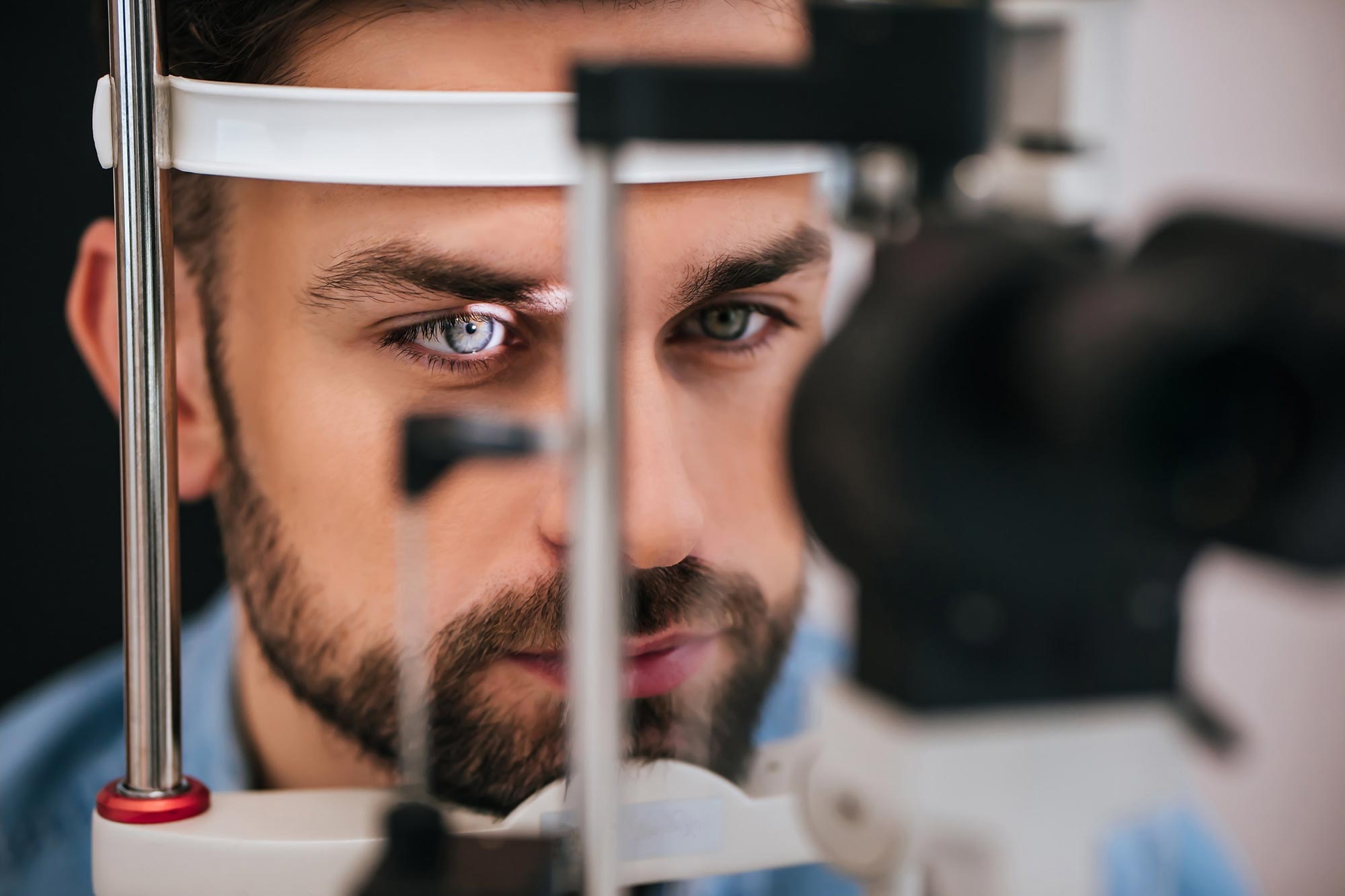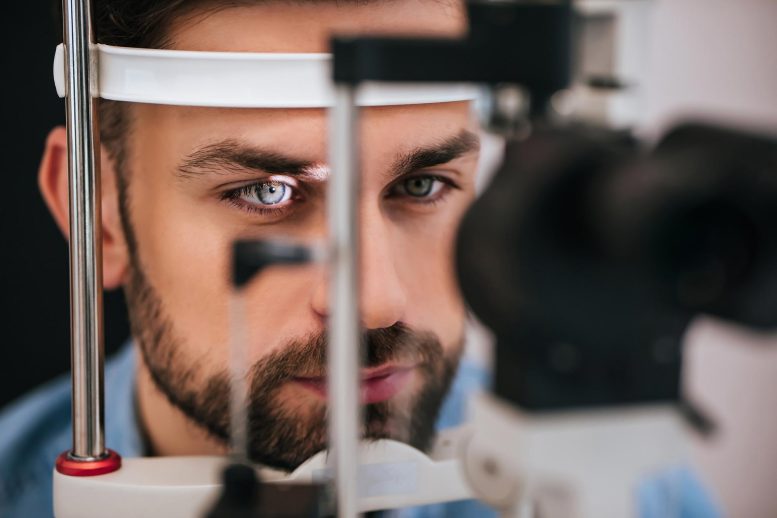Naukowcy z Uniwersytetu Otago mają nadzieję, że proste badanie wzroku może umożliwić zdiagnozowanie wczesnych stadiów „choroby starzenia się”, gdy ludzie są znacznie młodsi.
Części siatkówki były wcześniej sugerowane jako biomarkery dla:[{” attribute=””>Alzheimer’s, but researchers from Otago’s Dunedin Multidisciplinary Health and Development Research Unit have been investigating the retina’s potential to indicate cognitive change earlier in life.
Study lead Dr. Ashleigh Barrett-Young says diseases of old age, such as Alzheimer’s, are usually diagnosed when people start forgetting things or acting out of character.
“This is often when the disease is quite far along. Early detection is possible through MRI or other brain imaging, but this is expensive and impractical for most.
“In the near future, it’s hoped that artificial intelligence will be able to take an image of a person’s retina and determine whether that person is at risk for Alzheimer’s long before they begin showing symptoms, and when there is a possibility of treatment to mitigate the symptoms,” she says.
The study, published in JAMA Ophthalmology, analyzed data from 865 Dunedin Study participants looking specifically at the retinal nerve fiber layer (RNFL) and ganglion cell layer (GCL) at age 45.
Dr. Barrett-Young says they found thicker RNFL and GCL in middle age was associated with better cognitive performance in childhood and adulthood. Thinner RNFL was also linked to a greater decline in processing speed (the speed in which a person can understand and react to the information they receive) from childhood to adulthood.
“These findings suggest that RNFL could be an indicator of overall brain health. This highlights the potential for optical scans to aid in the diagnosis of cognitive decline.
“Given we haven’t been able to treat advanced Alzheimer’s, and that the global prevalence of the disease is increasing, being able to identify people in the preclinical stage, when we may still have the chance to intervene, is really important,” she says.
Further studies are required to determine if retinal thinning predicts Alzheimer’s, or just the normal cognitive decline of old age, but the researchers have hope.
“In the future, these findings could result in AI being used to take a typical optical coherence tomography scan, done at an optometrist, and combine it with other health data to determine your likely risk for developing Alzheimer’s.”
Reference: “Associations Between Retinal Nerve Fiber Layer and Ganglion Cell Layer in Middle Age and Cognition From Childhood to Adulthood” by Ashleigh Barrett-Young, PhD; Antony Ambler, MSc; Kirsten Cheyne, PhD; Hayley Guiney, PhD; Jesse Kokaua, PhD; Barbara Steptoe, DOT; Yih Chung Tham, PhD; Graham A. Wilson, MBChB; Tien Yin Wong, MD and Richie Poulton, PhD, 10 February 2022, JAMA Ophthalmology.
DOI: 10.1001/jamaophthalmol.2021.6082

„Całkowity miłośnik kawy. Miłośnik podróży. Muzyczny ninja. Bekonowy kujon. Beeraholik.”








More Stories
Prognoza cukrzycy w Australii w 2024 r. | Wiadomości o Mirażu
„Gorąca sauna żabia” pomaga australijskim gatunkom w walce ze śmiercionośnym grzybem
Model sztucznej inteligencji poprawia reakcję pacjentów na leczenie raka